The U.S. Supreme Court has overturned Roe v. Wade, the 1973 landmark ruling that created a right to abortion nationwide, and now returns issues about abortion to the individual states.
In the case of Dobbs v. Jackson Women’s Health Organization, Justice Samuel Alito wrote the majority opinion, released Friday, that was joined by Justices Clarence Thomas, Neil Gorsuch, Brett Kavanaugh, and Amy Coney Barrett.
Chief Justice John Roberts filed a separate opinion concurring in Alito’s judgment.
Thomas and Kavanaugh also filed separate opinions concurring in Alito’s judgment.
The case centered on whether the state of Mississippi may enforce its 15-week abortion ban.
The High Court held:
The Constitution does not confer a right to abortion; Roe and Casey are overruled; and the authority to regulate abortion is returned to the people and their elected representatives.
Alito wrote:
We hold that Roe and Casey must be overruled. The Constitution makes no reference to abortion, and no such right is implicitly protected by any constitutional provision, including the one on which the defenders of Roe and Casey now chiefly rely—the Due Process Clause of the Fourteenth Amendment. That provision has been held to guarantee some rights that are not mentioned in the Constitution, but any such right must be “deeply rooted in this Nation’s history and tradition” and “implicit in the concept of ordered liberty.”
“Roe’s defenders characterize the abortion right as similar to the rights recognized in past decisions involving matters such as intimate sexual relations, contraception, and marriage, but abortion is fundamentally different, as both Roe and Casey acknowledged, because it destroys what those decisions called ‘fetal life’ and what the law now before us describes as an ‘unborn human being,’” Alito continued.
“It is time to heed the Constitution and return the issue of abortion to the people’s elected representatives,” the justice wrote. “The permissibility of abortion, and the limitations, upon it, are to be resolved like most important questions in our democracy: by citizens trying to persuade one another and then voting.”
In his concurrence, the chief justice wrote Alito’s opinion “is thoughtful and thorough, but those virtues cannot compensate for the fact that its dramatic and consequential ruling is unnecessary to decide the case before us.”
“The Court’s decision to overrule Roe and Casey is a serious jolt to the legal system—regardless of how you view those cases,” Roberts wrote. “A narrower decision rejecting the misguided viability line would be markedly less unsettling, and nothing more is needed to decide this case.”
Referring to the Mississippi law in question, Roberts said, “Ample evidence thus suggests that a 15-week ban provides sufficient time, absent rare circumstances, for a woman ‘to decide for herself’ whether to terminate her pregnancy.”
He added both Alito’s majority opinion and the dissent by Justices Stephen Breyer, Sonia Sotomayor and Elena Kagan “display a relentless freedom from doubt on the legal issue that I cannot share.”
Kavanaugh wrote in his separate concurring opinion:
The issue before this Court … is not the policy or morality of abortion. The issue before this Court is what the Constitution says about abortion. The Constitution does not take sides on the issue of abortion. The text of the Constitution does not refer to or encompass abortion. To be sure, this Court has held that the Constitution protects unenumerated rights that are deeply rooted in this Nation’s history and tradition, and implicit in the concept of ordered liberty. But a right to abortion is not deeply rooted in American history and tradition, as the Court today thoroughly explains.
“In overruling Roe and Casey, this Court betrays its guiding principles,” wrote the dissenting justices. “With sorrow—for this Court, but more, for the many millions of American women who have today lost a fundamental constitutional protection—we dissent.”
The ruling comes after a draft opinion was leaked in early May to the German-owned Politico, suggesting both Roe and the 1992 decision in Planned Parenthood v. Casey, would be overturned.
In Casey, the Court found state laws that restrict abortion should not impose an “undue burden” on women.
The unprecedented leak drew acts of violence by abortion activists at pro-life pregnancy care centers and churches, threatening protests at the homes of several Supreme Court justices, and an assassination attempt against Kavanaugh.
– – –
Susan Berry, PhD is national education editor at The Star News Network. Email tips to [email protected].
Photo “Supreme Court Justices” by Fred Schilling, Collection of the Supreme Court of the United States.

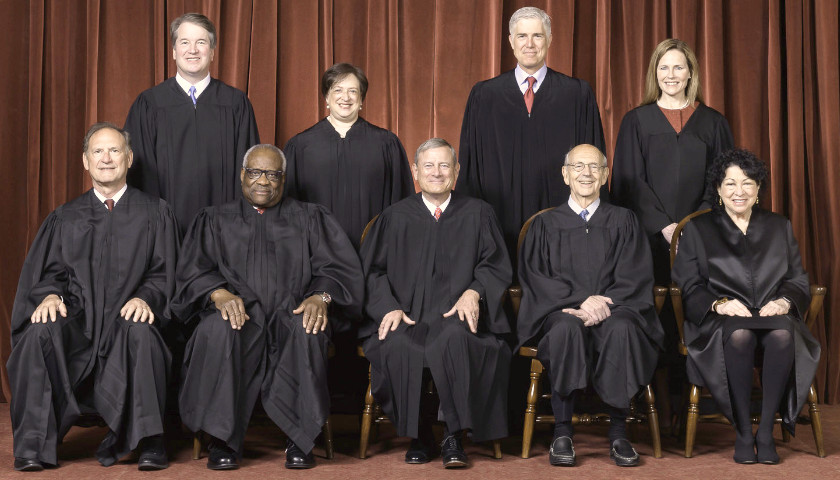

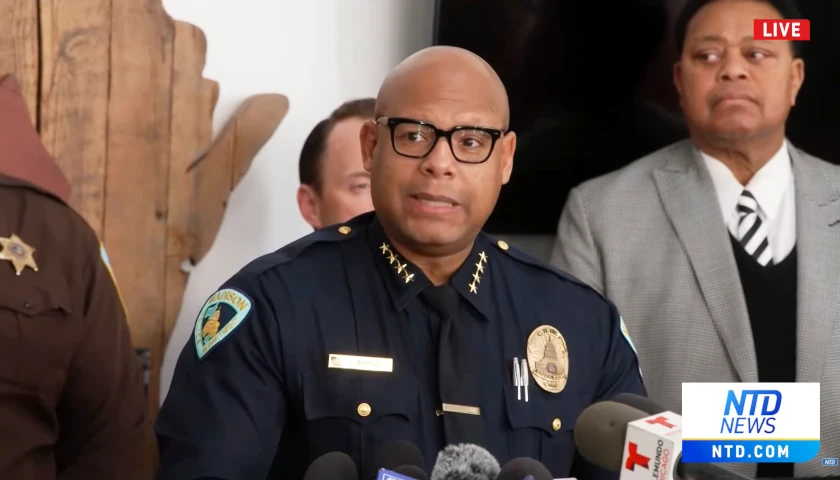
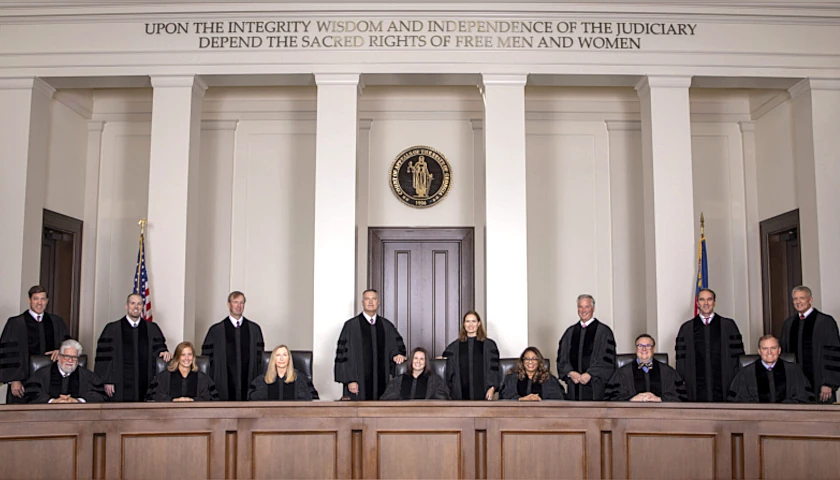
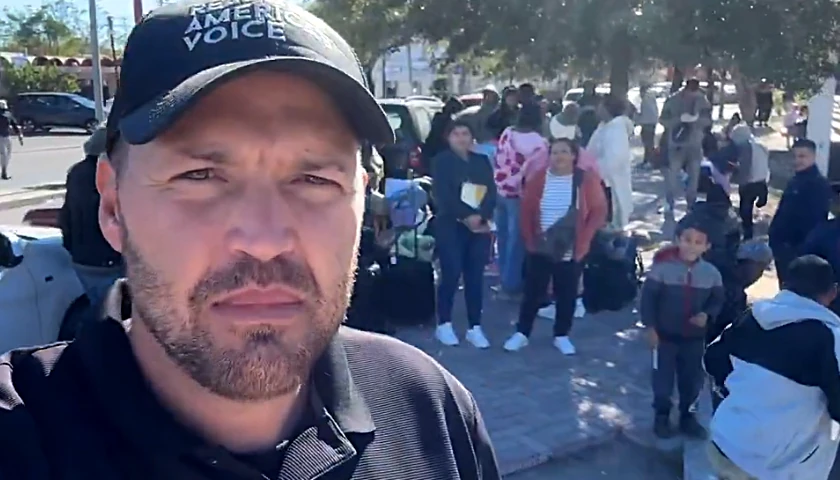
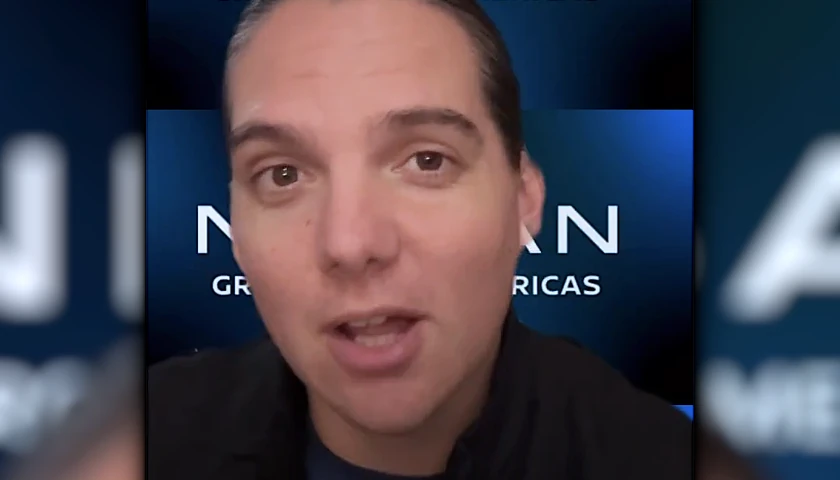
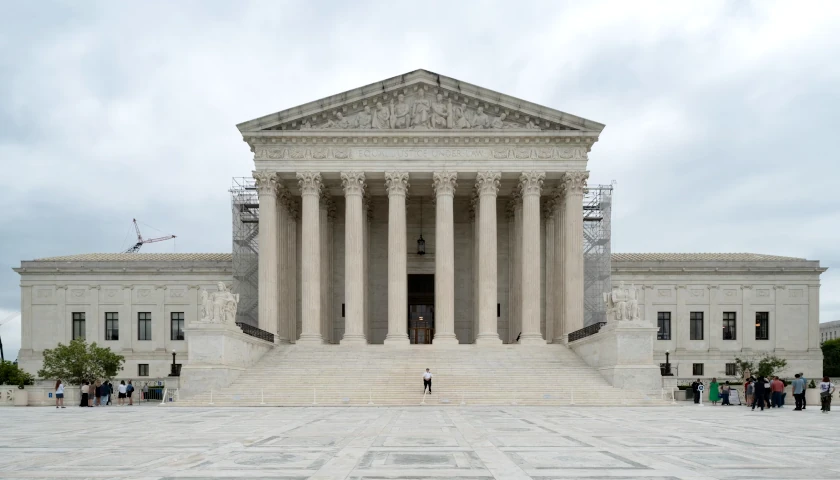

Trackbacks/Pingbacks